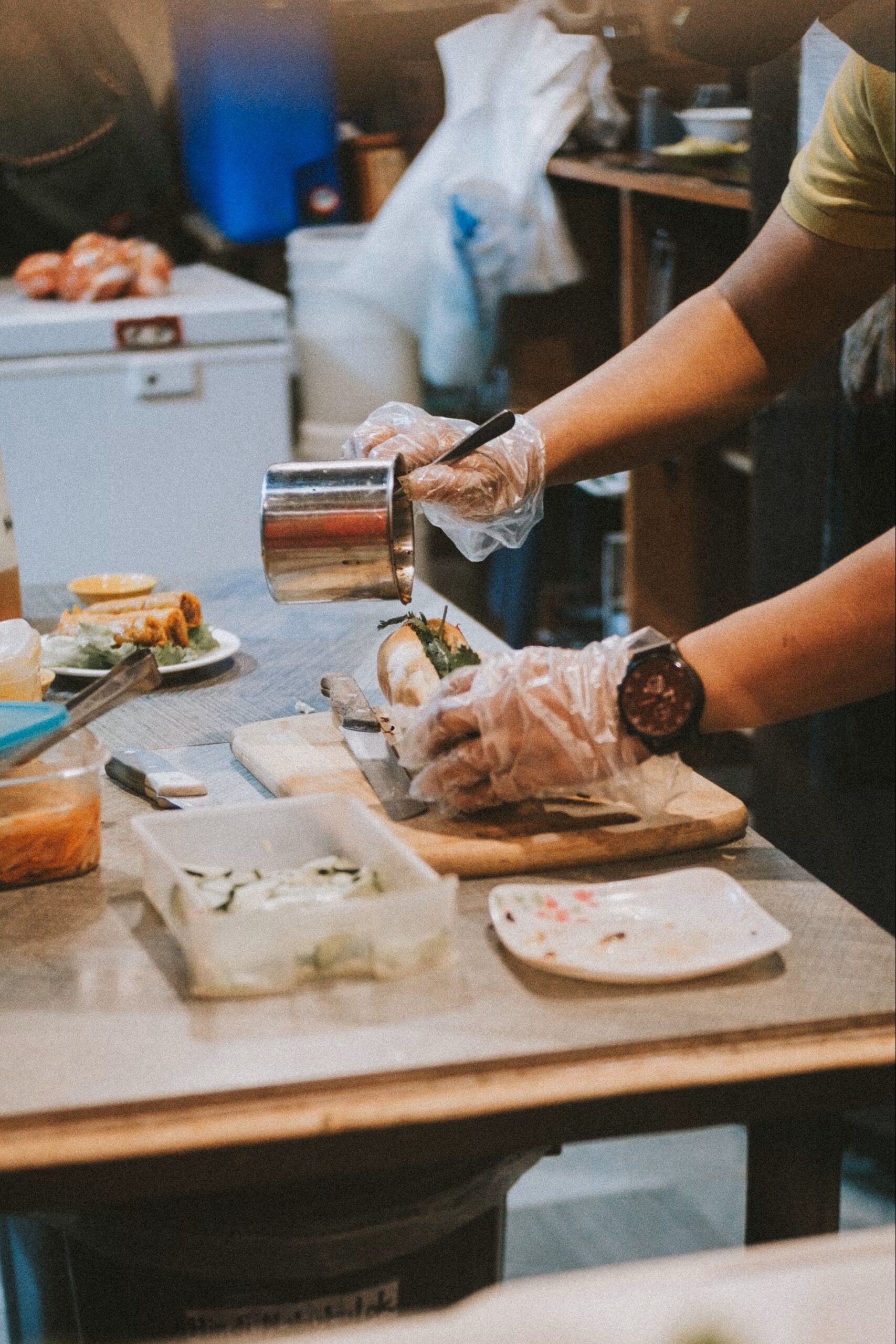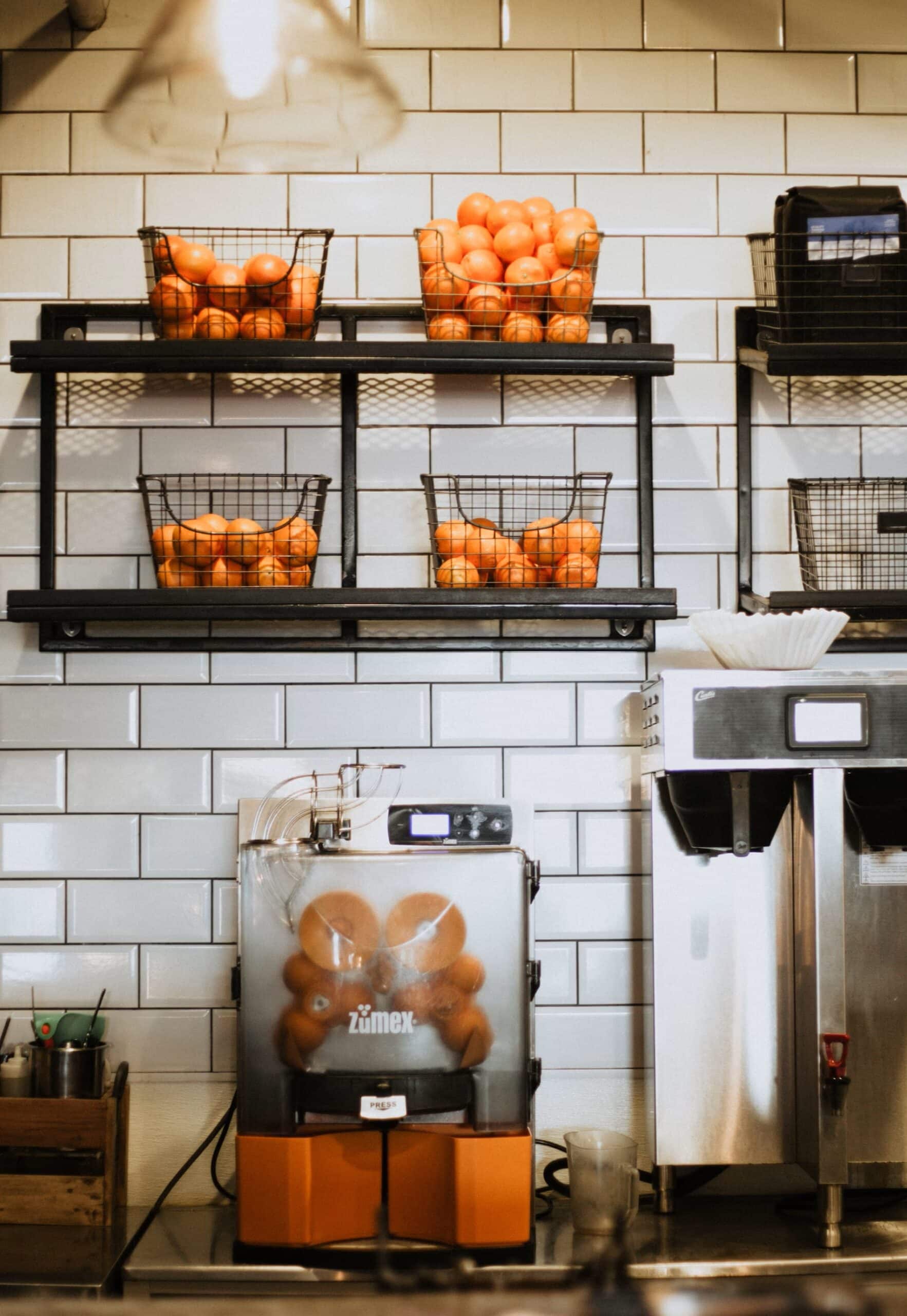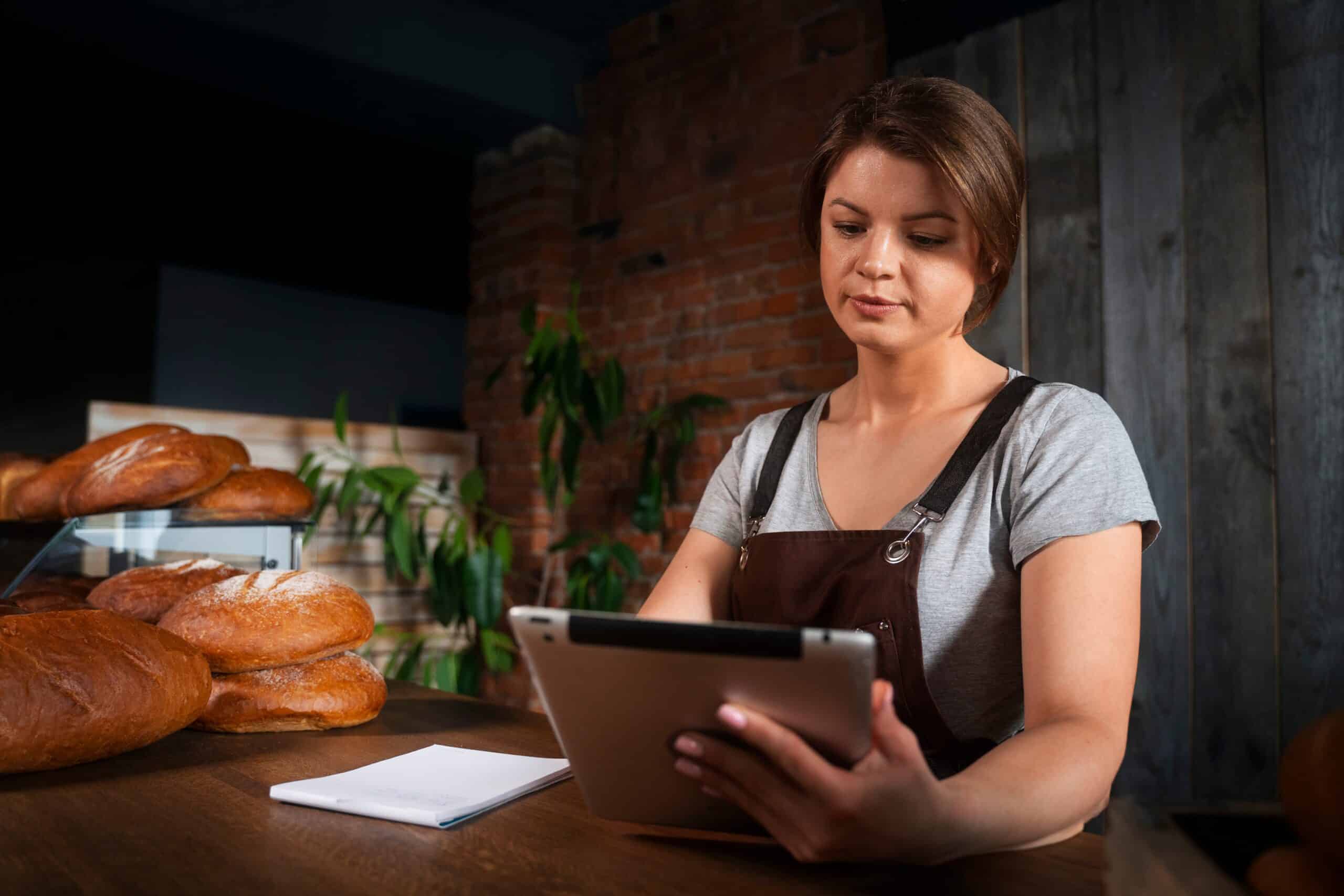Ever ordered delicious food online but wondered where it came from? That might be a ghost kitchen! Ghost kitchens, sometimes called virtual or dark kitchens, are restaurant concepts that focus solely on delivery and takeout. Imagine a commercial kitchen with all the equipment and expertise, but no fancy seating or storefront. These kitchens are usually tucked away in areas with high demand for delivery, allowing them to reach a wider customer base without the high rent costs in non-customer-facing areas. These kitchens are often on the second floor or basement level of a business.
This delivery-only model allows businesses to experiment with new menus and cuisines at a lower risk. Before investing in a full-fledged restaurant, they can test the waters with a virtual brand. Ghost kitchens are also a great way for existing restaurants to expand their reach and cater specifically to the booming delivery market. By focusing on efficiency and online orders, they can keep overhead costs down and potentially reach new customers who might not visit a physical location.
Benefits of Ghost Kitchens
When you eliminate the complicated nature of opening a customer-facing venture, restaurants gain the ability for streamlined and prioritized pick-up and delivery service. If you are a QSR in the hospitality sector, this could be the right choice as your business grows.
 Lower Costs
Lower Costs
Eliminating a dining area often results in significantly lower overhead costs for your business. The rent and utilities of ghost kitchens are lower because are often in discreet or underutilized spaces that would not be seen in a competitive real-estate market. Additionally, restauranteurs that open ghost kitchens save on furniture and labor costs due to not needing to hire a front-of-house team. Reduced rent and the ability to operate with a skeleton crew reduces a restaurant’s break-even point.
Efficient Operations
The overall setup and operation of a ghost kitchen are much cheaper than a traditional restaurant. This gives owners and chefs more room for experimentation or testing new concepts. While it may be hard for an existing restaurant to experiment with new cuisines without extra funding or investment, ghost kitchens have extra room to try the next best thing, or to pivot when a concept isn’t working. Delivery services often offer deals on new menu items to boost sales and move inventory.
Scalability
Adding onto a ghost kitchen operation is often easier than expanding a physical restaurant. They can adjust their menu or offerings based on delivery data to optimize their reach. In the same vein, existing restaurants that want to tap into a growing delivery market can open a ghost kitchen for a lower cost than fully expanding into a new location.
Wider Customer Base
Ghost kitchens are often in areas with high demand for delivery, allowing them to reach customers who might not be near a traditional location. The ability to utilize several delivery services can allow your business to get maximum reach for their business.
Overall, ghost kitchens offer a compelling option for both new and existing food businesses. However, it’s important to weigh the benefits against the drawbacks to determine if they are a good fit for your specific goals.
Challenges of Operating a Ghost Kitchen
Lack of Brand Identity
Without a physical presence, building brand recognition and customer loyalty can be a challenge. Restaurants will have to heavily rely on delivery platforms themselves, marketing campaigns, social media, and other forms of outreach. This may take the form of increased deals on delivery apps to entice customers to order from your restaurant which can cut into revenue.
Reliance on Delivery Services
Ghost kitchens are heavily dependent on delivery platforms like Door Dash and Uber Eats. These platforms charge commission fees that can eat into profit margins. External delivery platforms often charge between 15-30% in service fees.
Limited Customer Interaction
The lack of physical space hinders the ability to get direct feedback from customers, which can be valuable for improving service and menus.
Increased Competition
The ghost kitchen model is growing rapidly, making the delivery market more competitive. Standing out from the crowd requires strong online marketing and menu differentiation.

 Lower Costs
Lower Costs


Share this article with your community